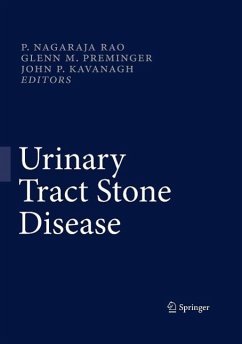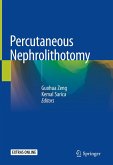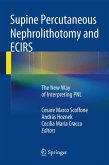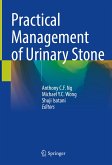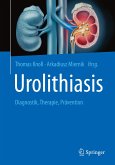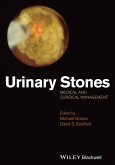Dieser Download kann aus rechtlichen Gründen nur mit Rechnungsadresse in A, B, BG, CY, CZ, D, DK, EW, E, FIN, F, GR, HR, H, IRL, I, LT, L, LR, M, NL, PL, P, R, S, SLO, SK ausgeliefert werden.
"The 60 chapters in this reference on urinary stone disease are written by 109 authors. ... serves as a resource for everyone interested in or needing to learn about urinary stones. This includes medical, surgical, and diagnostic groups. It offers the information with the relationships between specialties and can be of value in such cross-referencing. ... This book achieves its goal to be a major reference on urinary tract stone disease. It is essential for readers interested and working in the field of stone disease." (Demetrius Bagley, Doody's Review Service, November, 2011)
"In this textbook, editors Nagaraja Rao, Glenn Preminger and John Kavanagh have collected various aspects of urinary stone disease. With the help of more than 100 contributors from 15 countries, all of them world-wide experts, the editors provided the reader with a comprehensive survey. The book is composed of 60 chapters divided in nine sections. ... Clearly, this comprehensive book fills a need in urologic literature and represents a useful reference for physicians involved in urolithiasis management." (Paul Meria, European Eurology Today, October/November, 2011)

